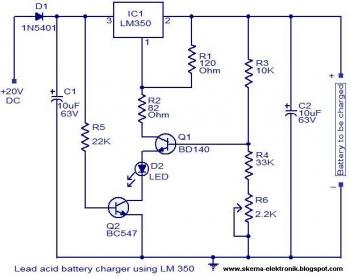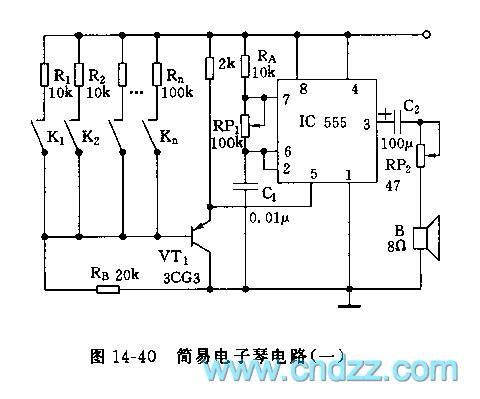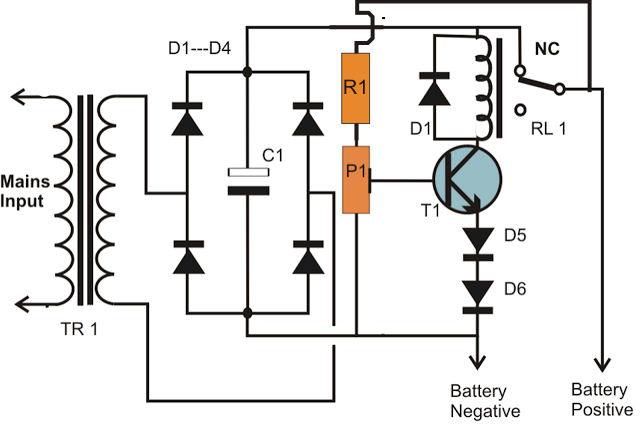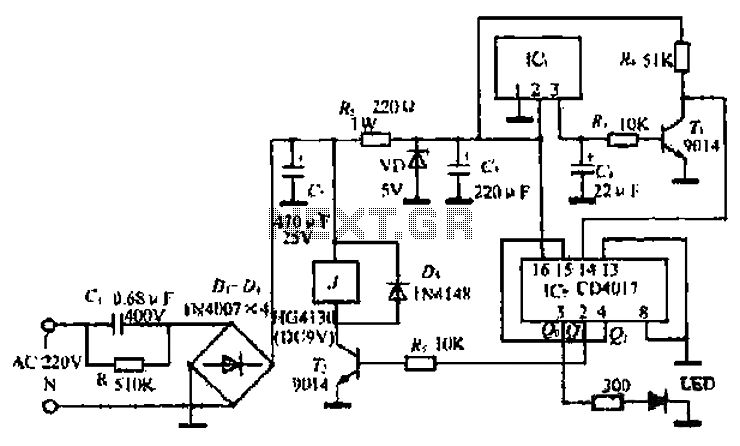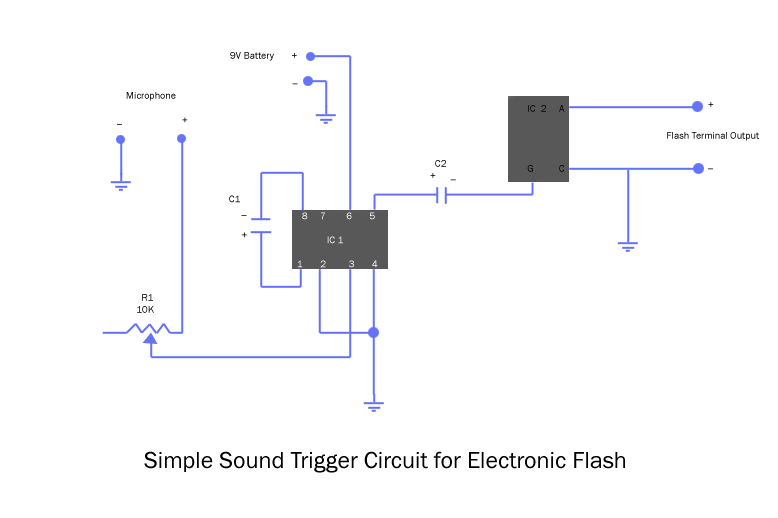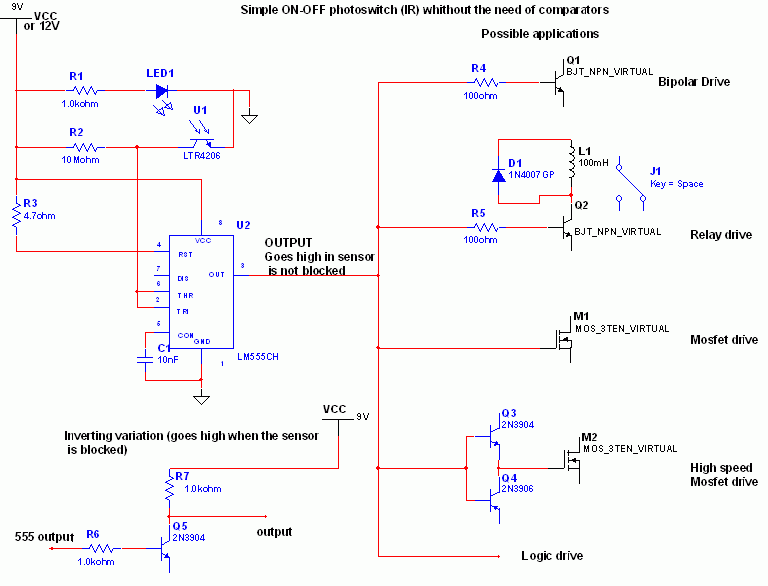
Simple FM Transmitter
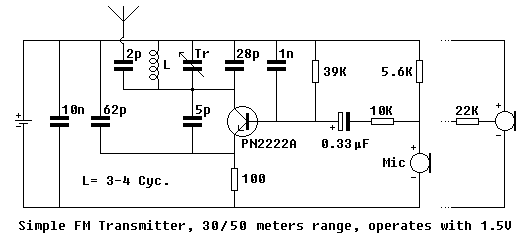
A simple FM transmitter utilizing a single transistor. Mini FM transmitters are commonly regarded as one of the fundamental circuit types for beginners in amateur electronics. When constructed correctly, they offer clear wireless sound transmission via a standard FM radio over considerable distances. Numerous designs have been observed over the years, with varying degrees of effectiveness.
The FM transmitter circuit typically consists of a few key components: a transistor, resistors, capacitors, and an inductor. The transistor serves as the main active component, amplifying the audio signal and modulating it onto a carrier frequency. The choice of transistor is crucial; commonly used transistors include the 2N3904 or BC547, which are suitable for low-power applications.
The circuit operates by applying an audio input signal to the base of the transistor. This signal is then amplified and combined with a high-frequency oscillation generated by a tank circuit, which consists of an inductor and a capacitor. The tank circuit determines the carrier frequency of the transmission, typically in the FM band (88-108 MHz).
The output from the collector of the transistor is then coupled to an antenna, which radiates the modulated signal. The length of the antenna can be adjusted to optimize the range of transmission; a quarter-wavelength dipole antenna is often effective for this purpose.
Power supply considerations are also important; the circuit generally operates at low voltages, often between 5V to 12V, which can be supplied by a battery or a regulated power source. Proper bypassing capacitors should be included to filter any noise that could affect the performance of the transmitter.
Overall, the simplicity of the FM transmitter circuit makes it an excellent project for those new to electronics, providing a practical application of fundamental concepts such as modulation, amplification, and RF transmission. Careful attention to component selection and circuit layout can yield impressive results in terms of audio clarity and transmission range.Simple FM transmitter with a single transistor. Mini FM transmitters take place as one of the standard circuit types in an amateur electronics fan`s beginning steps. When done right, they provide very clear wireless sound transmission through an ordinary FM radio over a remarkable distance.
I`ve seen lots of designs through the years, some of them were so.. 🔗 External reference
The FM transmitter circuit typically consists of a few key components: a transistor, resistors, capacitors, and an inductor. The transistor serves as the main active component, amplifying the audio signal and modulating it onto a carrier frequency. The choice of transistor is crucial; commonly used transistors include the 2N3904 or BC547, which are suitable for low-power applications.
The circuit operates by applying an audio input signal to the base of the transistor. This signal is then amplified and combined with a high-frequency oscillation generated by a tank circuit, which consists of an inductor and a capacitor. The tank circuit determines the carrier frequency of the transmission, typically in the FM band (88-108 MHz).
The output from the collector of the transistor is then coupled to an antenna, which radiates the modulated signal. The length of the antenna can be adjusted to optimize the range of transmission; a quarter-wavelength dipole antenna is often effective for this purpose.
Power supply considerations are also important; the circuit generally operates at low voltages, often between 5V to 12V, which can be supplied by a battery or a regulated power source. Proper bypassing capacitors should be included to filter any noise that could affect the performance of the transmitter.
Overall, the simplicity of the FM transmitter circuit makes it an excellent project for those new to electronics, providing a practical application of fundamental concepts such as modulation, amplification, and RF transmission. Careful attention to component selection and circuit layout can yield impressive results in terms of audio clarity and transmission range.Simple FM transmitter with a single transistor. Mini FM transmitters take place as one of the standard circuit types in an amateur electronics fan`s beginning steps. When done right, they provide very clear wireless sound transmission through an ordinary FM radio over a remarkable distance.
I`ve seen lots of designs through the years, some of them were so.. 🔗 External reference
